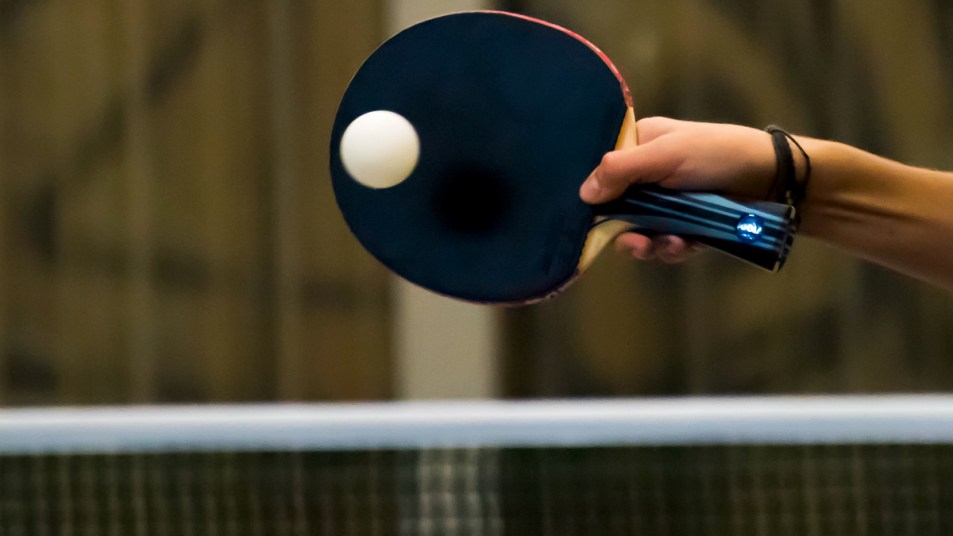This Fun Game Improved My Agility, Stability, and Strength After Parkinson’s Diagnosis

Margie Alley walked out of her physical therapist’s office in Westchester, New York, feeling physically and mentally exhausted. Since being diagnosed with early-onset Parkinson’s disease in 2012, the symptoms had taken a toll on the 55-year-old’s body and spirit.
Margie had always been active and athletic. She was a dedicated runner and played tennis in college. However, in the years leading up to her diagnosis, Margie suddenly kept injuring herself. The slightest movements would cause her to tear cartilage, leading to orthopedic injuries and surgeries.
What’s going on with me? she worried. This has to stop! When her doctor put a name to her symptoms and she started on medication, Margie hoped things would improve. But she continued to have issues with stiffness, foot cramps and strength. Margie felt slow and emotionally low.
Following her doctor’s advice, she started physical therapy. “With Parkinson’s, if you stop moving, you will stop moving completely,” he’d explained. But while Margie had always enjoyed exercise, physical therapy felt more like a job.
The exhilaration she’d always felt when being active was gone. Then, one day in the spring of 2018, as she left physical therapy, Margie glanced up and saw a sign for the Westchester Table Tennis Club, located just upstairs from her physical therapist’s office. How have I not noticed that before? she wondered.
Margie had always loved Ping-Pong. Growing up, she often played at home with her father. As an adult, whenever she found a willing opponent, she’d play for hours on end. So Margie knew Ping-Pong required quick thinking and fast movement. Ping-Pong would be way more fun than just doing physical therapy, she thought and headed upstairs.
Ping Pong: A Fun Solution
The moment she picked up a paddle, Margie felt a rush of adrenaline. As the ball rushed toward her, Margie responded reflexively, and her body would instinctively cooperate.
Margie began playing Ping- Pong a couple of times a week and quickly felt her body growing stronger and steadier. Her reflexes and agility improved, as well as her fine and gross motor skills. Keeping score even helped keep her mind sharp.
As time went on, Margie just felt better and better, physically and emotionally. As with all exercise, while playing Ping-Pong, her body released dopamine, a feel-good chemical, boosting her happiness.
As Margie began to literally regain her footing, her self-esteem and confidence grew — and soared when, in October 2019, she won the first ever International Table Tennis Federation Parkinson’s Table Tennis World Championship.
Today, while she does a variety of exercises to manage her Parkinson’s, Ping-Pong is what she does most often and best. “Ping-Pong not only helps keep me in control of my body, it has given me a community of support,” Margie beams. “And it’s so fun!”
Other fun ways to improve your balance:
Dancing! Cutting a rug to your favorite tunes can boost your balance by 65 percent, reveals research in the journal Frontiers in Human Neuroscience. How? Dancing stimulates the hippocampus region of the brain, which steadies you if you stumble.
Bowling! Spending two hours at the lanes weekly can improve your brain’s ability to react quickly to surprises (like when you miss that bottom step), say University of Michigan scientists. No access to a bowling alley? Wii bowling has the same benefit!
Badminton! Each time you shift your weight onto one leg — a common occurrence in a badminton match — your inner ear sends “stay steady” messages to your brain. That’s why British researchers say that playing it 10 minutes a day boosts stability and cuts your risk of falls by 55 percent.
A version of this article originally appeared in our print magazine, Woman’s World.












